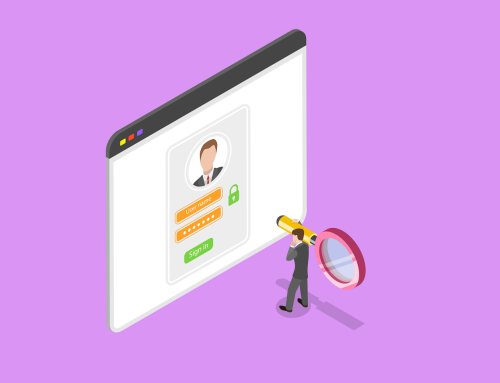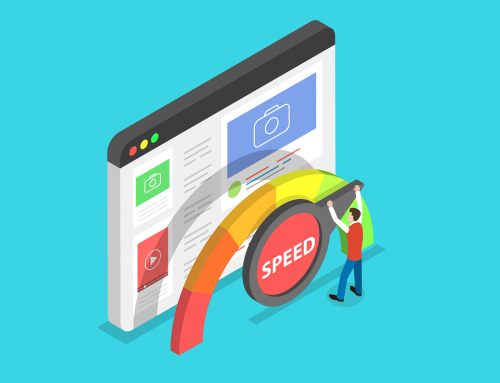Self-service in Action
As discussed in our previous blog, the availability of web self-service has many benefits for businesses as well as customers, but it isn’t always obvious which type of self-service is most appropriate.
There are various ways of providing self-service to your customers that help alleviate pressure on your organisation’s employees, including customer service agents.
Discussed below are some of the main examples of self-service in action, along with some of the tools which can be used.
FAQ Pages
Your customer service agents likely receive a lot of the same queries regularly. Consulting with your customer service team and compiling a list of common questions and answers to have on your website’s support hub is a simple task that’ll have an impact.
Having answers to these queries made available through a frequently asked questions section on your website can greatly eliminate the need for many customer service enquiries.
AI-powered Chat
Relatively new, but soon to be a very popular self-service tool, are artificial intelligence chatbots being made available 24/7 to assist with basic enquiries at high speed. While chatbots have been around for many years to assist with customers with pre-determined responses, they’re no replacement for a human representative.
Artificial Intelligence changes this. With fluid and conversational aspects, AI-powered chatbots are likely to become a popular choice for many businesses as the technology improves.
Community Forum
If your customer is having an issue, they’re unlikely to be alone. Allow your customers/users to discuss issues and feedback amongst themselves in an online community forum, while also allowing them to interact with and get help from other customers or brand representatives.
Creating an online forum helps build brand loyalty. As it will allow brand to engage with its customers on a more personal level, it will also build a sense of community. An online community forum will also allow you to easily gather high quality feedback.
Integrating the forum with customer loyalty programmes helps incentivise customer participation. It can also encourage users to share their experiences and opinions about your brand, which can lead to user-generated content that can be used in marketing and branding efforts.
Knowledge Base
A dedicated section of your website can function as a knowledge base for your customers.
Providing documents and multimedia in a knowledge or support base with rich information can provide majority of customers with the answers to their questions. Similar to the FAQ section, making as much relevant information available as possible will benefit your customers.
Customers should be easily able to search for topics and find solutions to their problems without needing to contact customer support.
Accessible videos, screenshots and simple steps will make your knowledge base worth visiting for people with queries.
Online Portal
Tasks that were previously completed manually by a customer service agent that have been made doable by the customer themselves should be made available through an online portal.
Web-based online portals can allow customers to manage their accounts, view their order history, make payments, and update their personal information.
Providing a login system for customers to easily complete tasks will alleviate pressure on your employees.
Tutorials
Not all platforms and services are straightforward for customers. Some may require an appropriate introduction tutorial.
Interactive tutorials are online courses that can guide customers through the process of using the platform. They can help customers learn about the features and functionalities of a product or service, while also reducing the need for customer support.
Are you preparing to alter your self-service customer experience in 2023? If so, contact us today on +353 1 804 1298, or click on the link below to be brought to our contact form.









